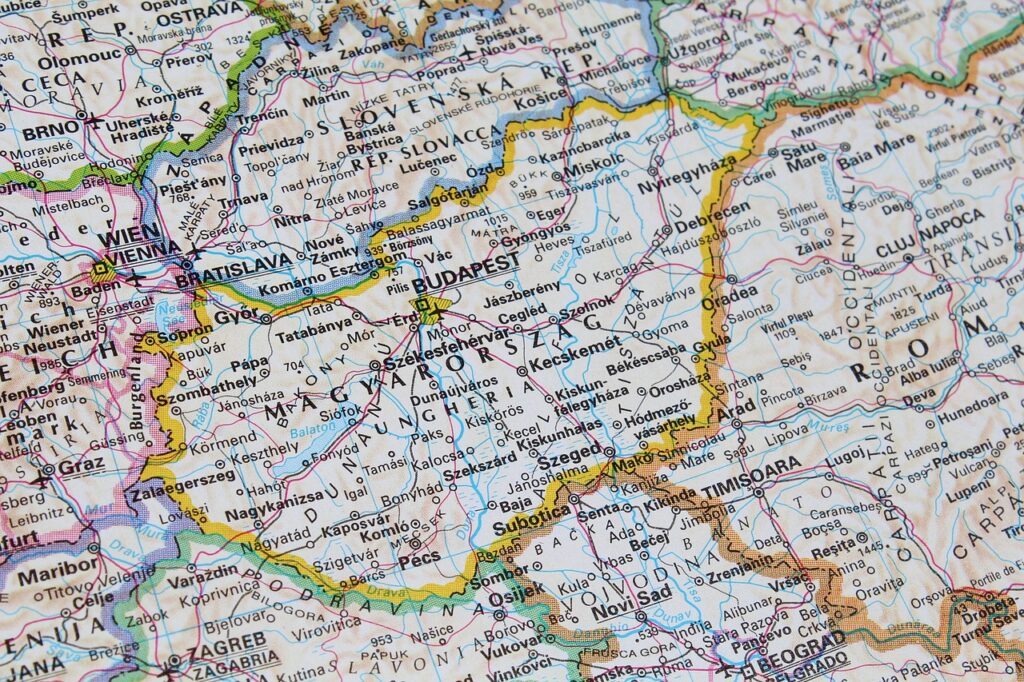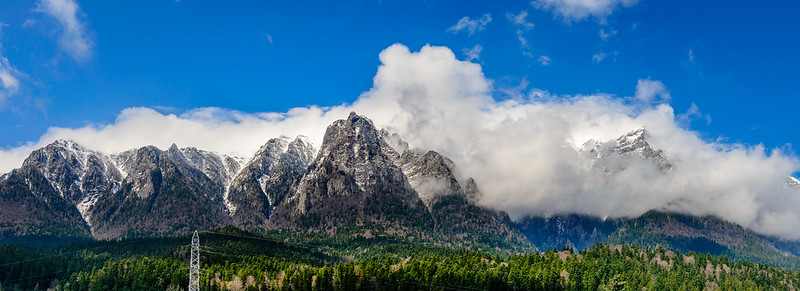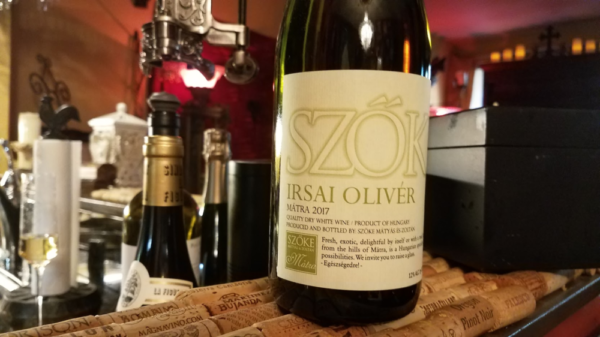Hungary, better known for its paprika than shamefully it’s wine. Has anyone had the national dish Hungarian Chicken Paprikash? It’s a tribute to their spicy perspective on life. I am positive everyone has had faint memories of their imperceptible youth of intoxication over ANYTHING you can afford. Of course along with a national dish you have to follow that up with a national drink. The “ANYTHING” intoxicating drink we are talking about here is Hungary’s national most famous OR infamous red wine, Egar Bikaver (AKA Bull’s Blood). This wine is so named for its high octane alcohol, fire breathing spiciness, blood staining color, and bottom shelf affordability. Perhaps we now know the secret of what lit the Ottoman’s ass on fire to become the most powerful empire In Southeastern Europe in the 1500s. But it wasn’t until the 70’s when Hungary decided to “take the bull by its horns” so to speak when they basically told Russia to “screw off” ending communism rule. By joining the EU, Hungary has been able to become Eastern Europe’s most prolific wine-producing countries. No bullshit, yes, Tokaji is Hungary’s biggest success story made since the sixteenth century, but Hungary has transformed itself into a canvas of fine dry wines made from indigenous grapes.

TEAM EFFORT
There are 22 wine growing regions In Hungary. Matra is the most historical, second largest wine region and largest young volcanic zone in Europe, where this wine is from! The Matra Mountain Range is very significant to the vineyards of Szõke & Zoltan Winery that lie south at their foothills. The reason is simple because grapes would struggle to ripen in Hungary’s most harsh and ambiguous climate. The Matra Mountains trap the sun’s rays while the better known Carpathian Mountain Range serves as a barrier from fierce north winds. The Carpathian Mountains’ magnitude in size and influence to Matra and in general the country, cannot be understated. This mountain range looks like a massive cocoon and serves as a shelter for many vineyards. These geographic warriors work together to harvest healthy ripe grapes. It’s truly one of the most breathtaking wine regions in Hungary. Just feast your eyes on these volcanic soils!

(CARPATHIAN MOUNTAIN RANGE ) PHOTO Andrei-Daniel Nicolae FLICKR
Szõke means fair-haired or blond and suitably since Szõke Mátyás along with his son Zoltan, focuses on making pristine white wines. I wish I could go on talking about how much I love his son’s name “ZOLTAN”, It’s so powerfully commanding like their strict “no spitting” policy in his tasting rooms. Although there’s nothing wrong with that in my book! I have been uncertain whether the wines or the names of the people vinifying the wines are superior, but it’s obvious that both are sensational. Mátyás and Zoltan are unmistakably one of the rockstar winemakers in the country if not the Matra region. Let me know if you agree!
The duo grows a plethora of white grapes such as Olaszrizling (Italian Riesling), Sylvaner, Hárslevelű (Linden-Leaf), Ottonel Muscatel, Tramini, KirályLeányka, Chardonnay, Pinot Gris, and the weird name and story behind this wine’s grape, Irsai Oliver. Don’t worry, you’re not alone butchering the pronunciation of their names. However, the focus is the grape of this wine and the correct pronunciation IS important: Irsai Olivér (eer-sha-ee ol-eva-air)

DRUNK CONFESSIONS
First Irsai Olivér is a Hungarian crossing between Pozsonyi and Pearl of Csaba that was created in 1930 by Pál Kocsis. There are two fantastical legends about how this grape was named. The first, says that Kocsis was an intense gambler and he gave away the name of the crossing to pay off his increasing debt. The second story is that the indiscriminate Kocsis had an appetite for the high life and squandered a lot of money in bars. After partying the whole night, he’d have his private driver take him home. Supposedly in appreciation, he named his grape after his driver. Gosh, that seems like a fun time!
Not to rain on anyone’s party, but neither is true. Rather, Irsai Olivér was the name of the son of Kocsis’ best buddy and beloved local wine merchant. Pál Kocsis thought his name was too simple for the flashy grape of his same personality. You have to be drunk to think such absurdity. Therefore Pál Kocsis drunk aside, honored his friend by naming the grape after his son, Irsai Olivér; end of the story.
TAKING A GAMBLE
As with many grapes, they enjoy sex. Irsai Olivér may be related to Gewürztraminer and Muscat Ottonel respectively, though no one is exactly claiming parentage.
It was originally developed as a table grape. Its versatility became creatively used for the production of varietal and blended wines in Central and Eastern Europe, especially in its native turf, Hungary. I love the fact that despite its rough beginnings, in the hands of modest producers, it manages to keep its stability, just like a Hungarian!
It is an easy vine to grow, as it has the benefit of being very disease resistant. The grape skins are thick, form loose clusters and ripen early. Improvements in production techniques in the modern era have also made it very popular with winemakers, who produce it as an easy-going, everyday table wine as well as wines with longevity.
MATYAS & ZOLTAN SZOKE IRSAI OLIVER 2017 MATRA, HUNGARY

Typically, Irsai Olivér wines are dry, medium-bodied, with low acidity and a pronounced aromatic fragrance giving it a musky mushroom character. Sometimes compared to Pinot Grigio, but gives more fragrance, similar to Muscat. It has perfumed aromas of rose petals, orange blossom and lychee followed by flavors of grape, apple, lemon, apricot, and peach, with a touch of spice on the finish.
Irsai Olivér is an interesting introduction to aromatic white wines, especially well-made examples, such as Szõke & Zoltan Winery
Hope you enjoyed the article please comment below Love your feedback.
Thank you and remember Taste Small Live Big!
Follow me on Instagram @epicurean.angel

